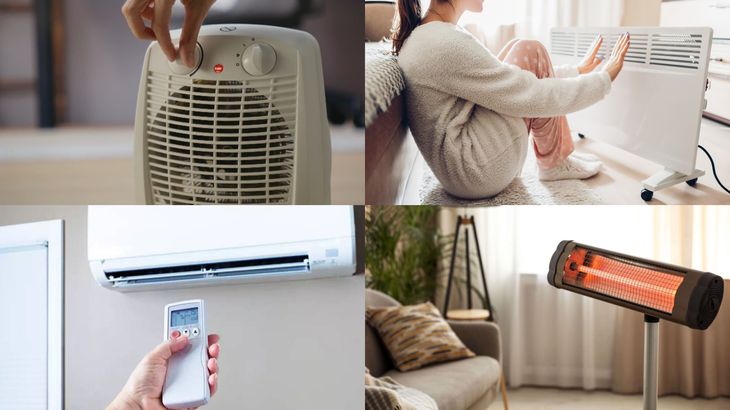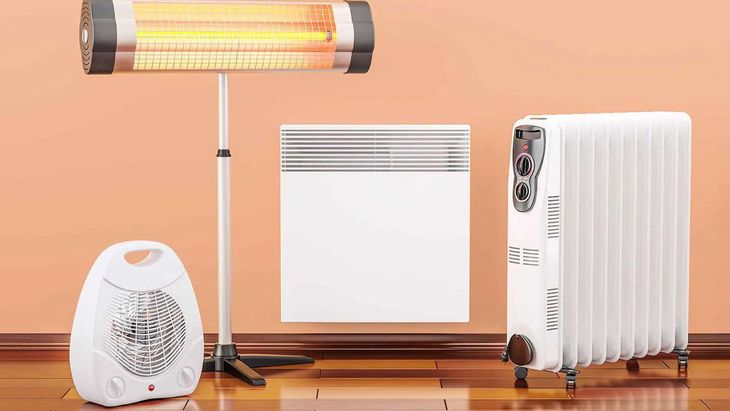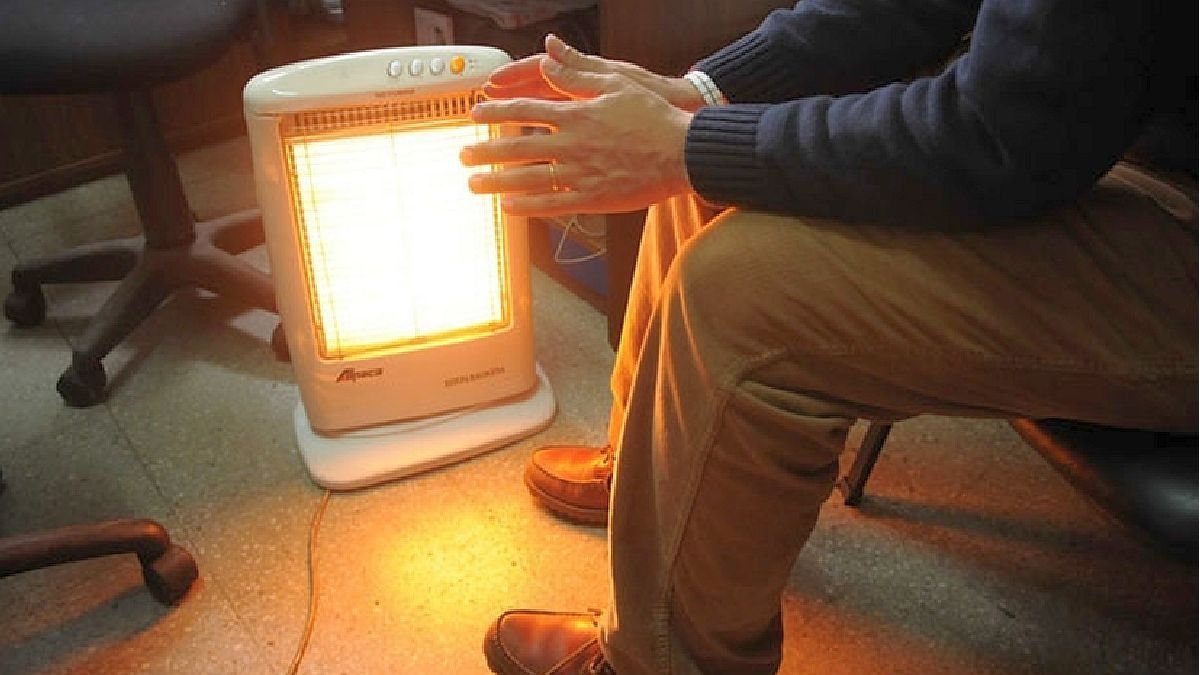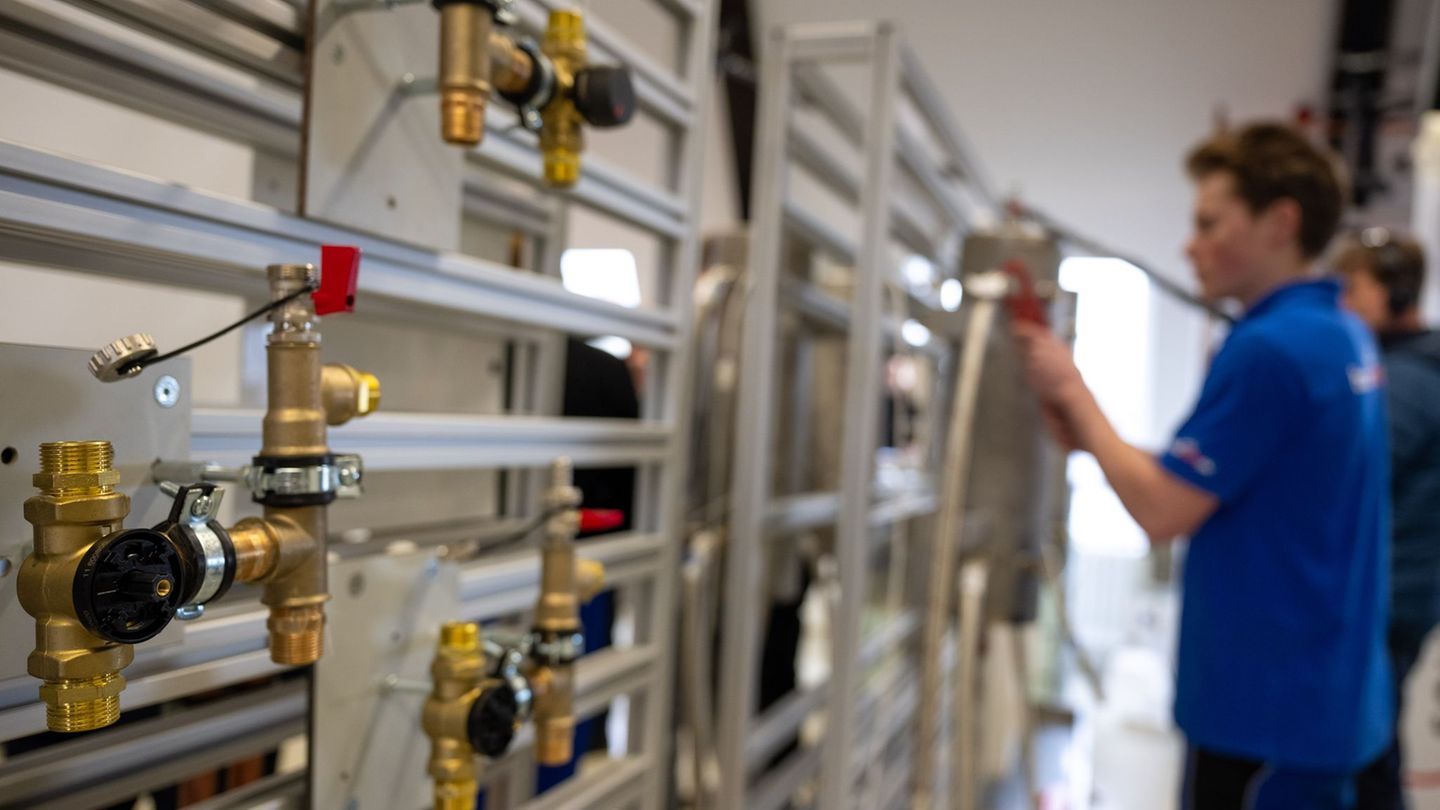With small changes and informed decisions, it can be better heating, consuming less electricity and caring for both pocket and the environment.
In front of the arrival of the coldthousands of homes in Argentina light Caloventores, stoves and air conditioners to stay warmed. But choosing the proper heating system not only impacts the electrical invoicebut also in the quality of life and environmental care. With efficient habits, it is possible to cross winter more sustainable.
The content you want to access is exclusive to subscribers.
The Association of Electricity Distributors of the Argentine Republic (Adeera) It provides practical recommendations to optimize consumption during the months of low temperatures. From the choice of artifact to the isolation of the environment, Everything influences the final result.


Heat.jpg

The most common artifacts and how much they consume
- Caloventor: Fast heat but its energy consumption is high. With an average power of 2000 w, you can shoot the invoice if used several hours a day.
- Quartz stove: It generates heat by radiation. It consumes between 800 and 1200 W and is recommended for small and closed spaces because it heats through areas.
- Heat mode air conditioning: It can be more efficient than a traditional stove if it is inverter and is used in adequate environments. Its consumption ranges between 1000 and 2000 W. The ideal temperature is 20 ° C since “for each additional degree, consumption can increase to 7%”.
- Electrical radiator: It provides uniform and sustained heat. It consumes between 1500 and 2500 W. Not having a fan, it takes longer to heat and is recommended for small environments.
- Heating panel: It is one of the most efficient systems. It consumes between 400 and 600 W and works well as a complement or in well isolated spaces.
Heating_electric.jpeg

Household heat: With some changes, it is possible to heating efficiently and responsible.
Istock
Other aspects to take into account
A key point that highlights is The isolation. All these artifacts yield more and consume less if the environment It is well closed. Ensure doors and windows Avoid heat losses. In addition, if the source is electric, it is not necessary to ventilate because oxygen is not consumed.
With presence throughout the country, Apity drives campaigns to raise awareness about the responsible use of energy. “Energy efficiency is a transverse tool that can adapt to each local reality so that all people access safe, continuous and sustainable energy”claim from the association.
The message is clear: Heating efficiently does not require large investmentsbut information and awareness to take care of both home and common resources.
Source: Ambito
I am an author and journalist who has worked in the entertainment industry for over a decade. I currently work as a news editor at a major news website, and my focus is on covering the latest trends in entertainment. I also write occasional pieces for other outlets, and have authored two books about the entertainment industry.




